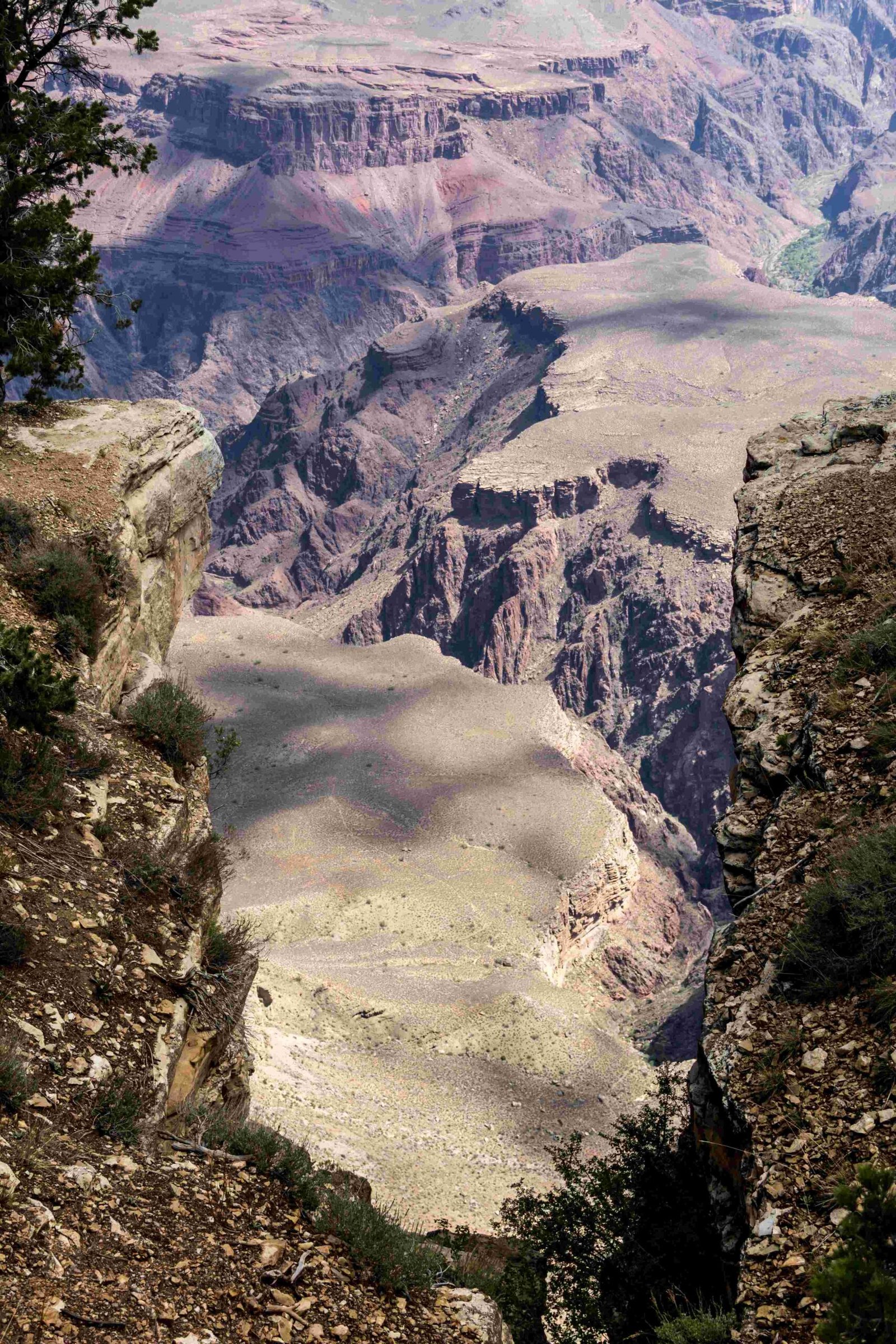The Grand Canyon Deer Creek Thunder River Loop represents one of the most challenging and spectacular backcountry hiking experiences in North America. This extraordinary trail winds through dramatic canyon landscapes, featuring steep switchbacks, remarkable water features like Thunder River Spring, and challenging terrain that tests even experienced hikers’ skills and endurance. Spanning multiple geological formations and offering unparalleled views, this loop demands comprehensive preparation, physical fitness, and a spirit of adventure.
What Makes the Grand Canyon Deer Creek Thunder River Loop Unique?

The Grand Canyon Deer Creek Thunder River Loop is not just a hiking trail—it’s an immersive journey through one of the most geologically diverse landscapes in the world. Hikers traverse multiple canyon layers, experiencing dramatic elevation changes and encountering extraordinary natural phenomena.
Trail Characteristics
| Feature | Description |
|---|---|
| Difficulty Level | Extremely Challenging |
| Total Distance | Approximately 25-30 miles |
| Elevation Change | 4,000-5,000 feet |
| Recommended Season | Late Spring/Early Fall |
Why Choose This Trail?
- Spectacular Geological Formations
- Traverse through Supai and Redwall Formations
- Experience unique rock layers dating back millions of years
-
Witness dramatic canyon landscapes
-
Unique Water Features
- Thunder River Spring: Dramatic water emergence from canyon walls
- Deer Creek Falls: Stunning waterfall landscape
- Multiple creek crossings and water sources
How Difficult is the Trail?

The Grand Canyon Deer Creek Thunder River Loop is considered extremely challenging and requires:
- Advanced hiking skills
- Excellent physical conditioning
- Technical climbing experience
- Comprehensive backcountry preparation
Key Challenges
- Steep Switchbacks: Multiple sections with significant elevation changes
- Narrow Ledges: Sections with exposure and technical navigation
- Variable Terrain: Shifting between rocky paths, creek crossings, and slickrock
What Should Hikers Prepare?
Essential Gear Checklist
- High-quality, ankle-supporting hiking boots
- Extensive water storage (minimum 3-4 liters)
- Lightweight, layered clothing
- Navigation tools (GPS, topographic map)
- Emergency communication device
- First aid kit
- Sun protection
- Water filtration system
When is the Best Time to Hike?
The optimal hiking window for the Grand Canyon Deer Creek Thunder River Loop is:
- Late September to early November
- Late April to early June
Avoid:
– Summer months (extreme heat)
– Winter (potential snow and ice)
– Monsoon season (flash flood risks)
Permit and Regulation Considerations
- Backcountry Permit Required
- Limited Group Size: Typically 6-8 people
- Strict Leave No Trace Principles
- Advanced Reservation Recommended
Safety Recommendations
- Check current trail conditions before departure
- Inform park rangers of your hiking plan
- Carry emergency communication device
- Monitor weather forecasts
- Carry sufficient water and electrolyte supplements
Recommended Physical Preparation
- High-intensity cardiovascular training
- Strength training focusing on legs and core
- Practice hiking with a loaded backpack
- Simulate elevation and terrain challenges
Estimated Hiking Duration
- Full Loop: 3-5 days
- Daily Hiking: 6-10 miles
- Recommended Pace: Slow and steady
Conclusion
The Grand Canyon Deer Creek Thunder River Loop offers an unparalleled backcountry experience for seasoned hikers. Its combination of geological wonder, challenging terrain, and breathtaking landscapes makes it a bucket-list adventure for wilderness enthusiasts.
References:
– National Park Service Grand Canyon Trails
– Grand Canyon Conservancy
– USGS Geological Survey

